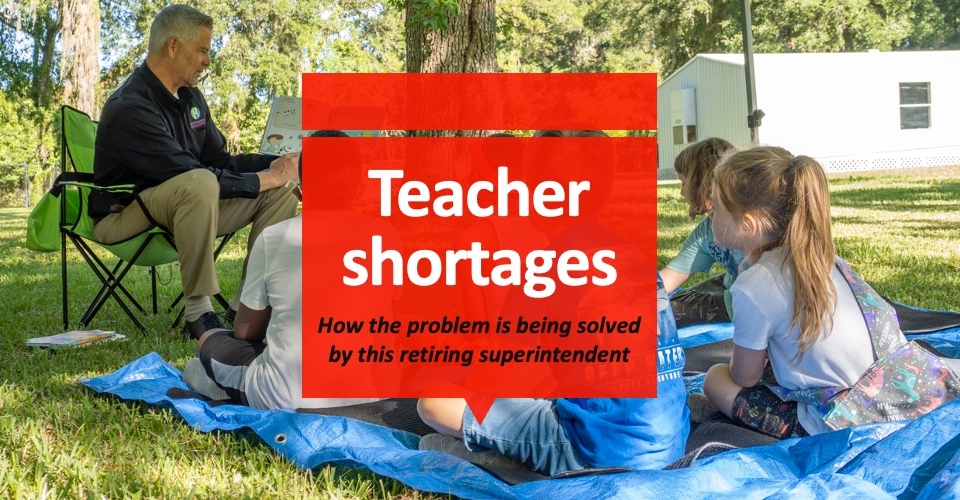A.I. These two little letters are everything, everywhere, all at once—including in our schools. After an exhausting and traumatic few years, educators are already feeling burnt out and now AI might seem like “yet another thing” added to their plates.
While some might feel the urge to resist or postpone exploring AI’s potential in their classrooms, its increasingly ubiquitous nature means that the future of work is beginning to shift. Therefore, ensuring all classrooms have equitable and responsible access to these tools will reduce the potential for additional digital divides, something core to the US Department of Education’s 2024 National Educational Technology Plan. So, how might we approach educational AI integration in a way that feels positive and helpful?
Recently I was asked in an interview, “What’s the best way for teachers to bring AI into their classrooms?” I responded as I always do when asked how to bring any new tool into instructional settings: “Lead with the need.”
Superintendent turnover: Lots of new hires, just a few departures
AI—as with all digital tools—should not be introduced into schools because it’s new and exciting. Rather, it should be responding to an existing need that can elevate educators and increase opportunities for learners.
This isn’t a simple task. It requires ample professional development opportunities, support from instructional coaches and space and grace to try, fail and try again. But when given support and inspiration, teachers might find that using AI can reduce their burdens, help them better meet student needs and breathe new creativity into their classrooms. Nothing could or should replace a good teacher but AI has the potential to elevate their efforts in ways that previously weren’t possible.
Here are a few examples of how we might “lead with the need” when bringing AI to schools:
1. Need: Inspiring fresh ideas for tried-and-true lessons
AI opportunity: After a decade in the classroom I found myself on autopilot with some of my units of study. AI presents the opportunity to come up with new ideas. I recently tried feeding some of my old unit plans into Gemini, Google’s generative AI, and asked it to help me take new approaches to the lessons. I asked the AI platform to provide new activities to help my students show what they know, increase learner agency and suggest new opportunities for differentiation.
While the core of the content and general approach I had created remained, AI deepened the unit’s ability to meet each learner where they are and stimulated my creativity in new ways.
2. Need: Streamlining the assessment-differentiation loop
AI opportunity: Teachers often have to write an exit ticket, bring home bundles of papers to grade, write re-teaching mini-lessons, and source differentiated resources to support those lessons and then return to school to deliver those lessons (a process that can take days or weeks to complete). AI tools, on the other hand, can close the assessment-differentiation loop by generating interactive AI-generated questions that can identify the response and immediately provide feedback and differentiated instructional resources—all within minutes.
3. Need: Supporting a multilingual student body
AI opportunity: In one of my districts, we served a student body with over 40 primary languages spoken at home. Given no single teacher spoke all the languages presented in their classroom, we often struggled to support our plural lingual students adequately.
AI real-time translations, while imperfect, are being used around the world to help educators create better access and connection to students who don’t share the primary language being used in the classroom. This, combined with real-time AI notetakers, allow these students to process the lessons, and then return to notes at the end of the day to revisit things they missed in the moment.
As I reflect on the core goal of providing access and opportunity for every learner to have a quality education I feel a deep sense of optimism for the role AI can play in helping us get there. We are capable of doing more, thinking bigger and building better. When the best teachers are paired with the best tools, their students are unstoppable. There’s so much learning—and with it, joy—ahead of us.









